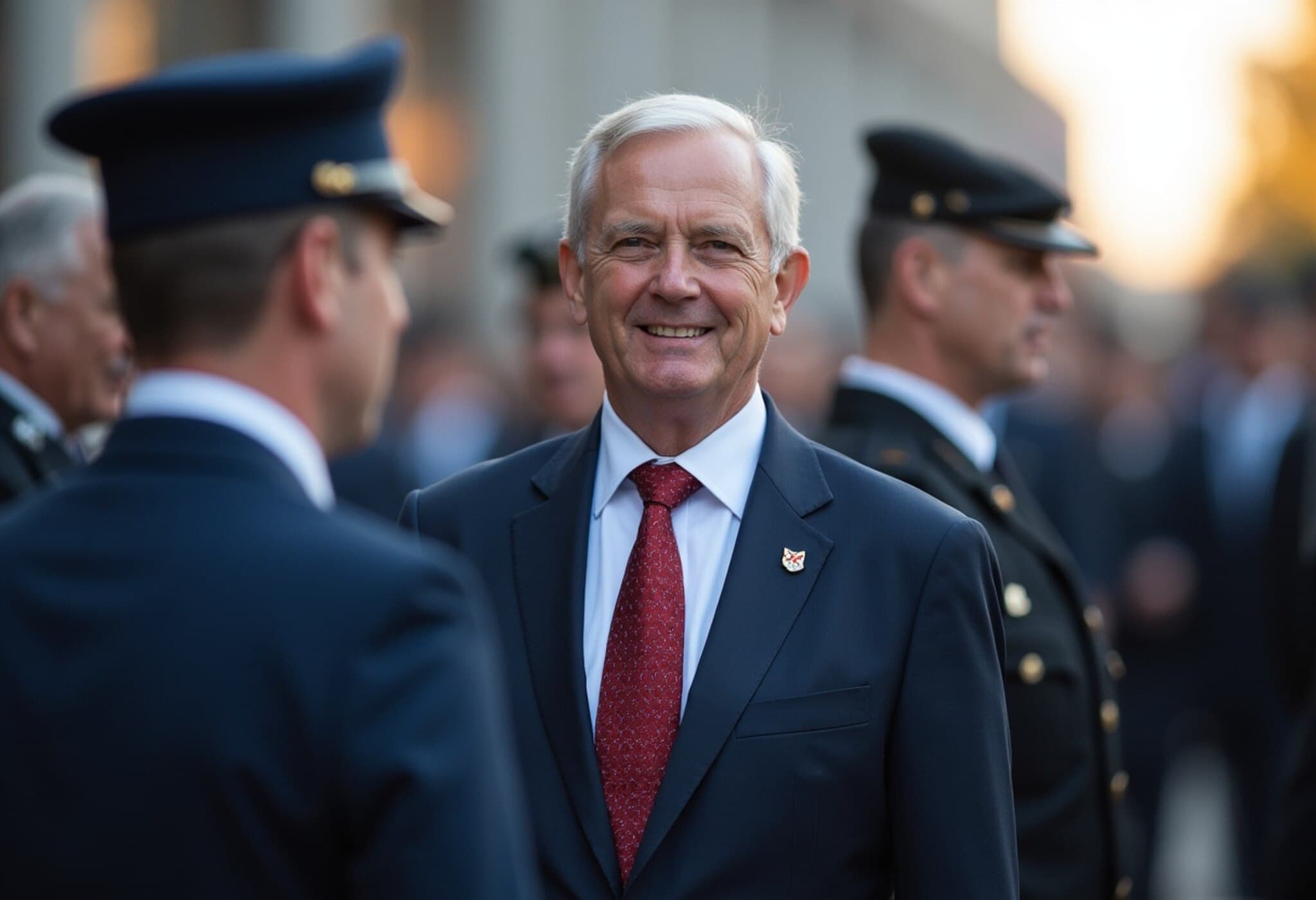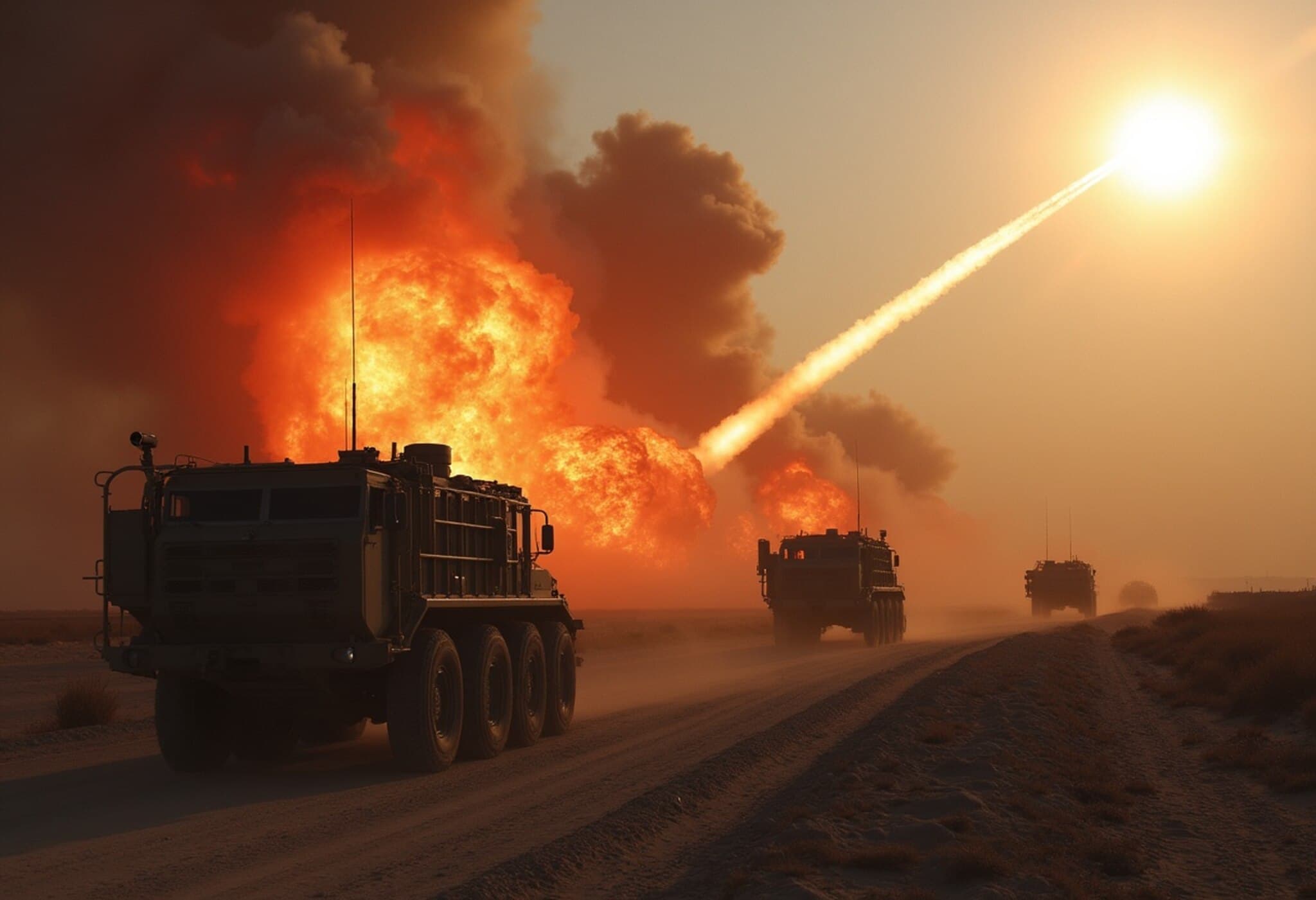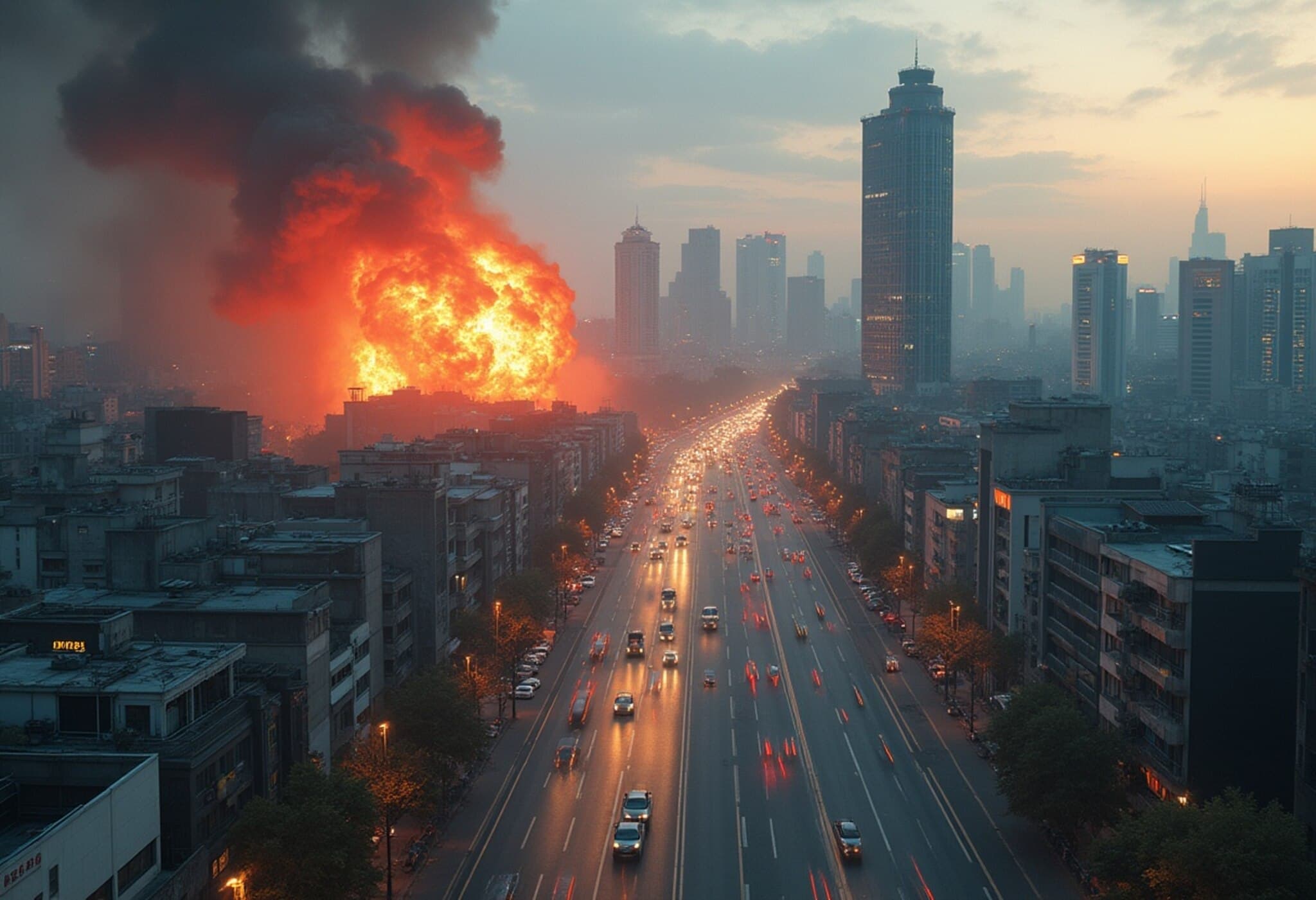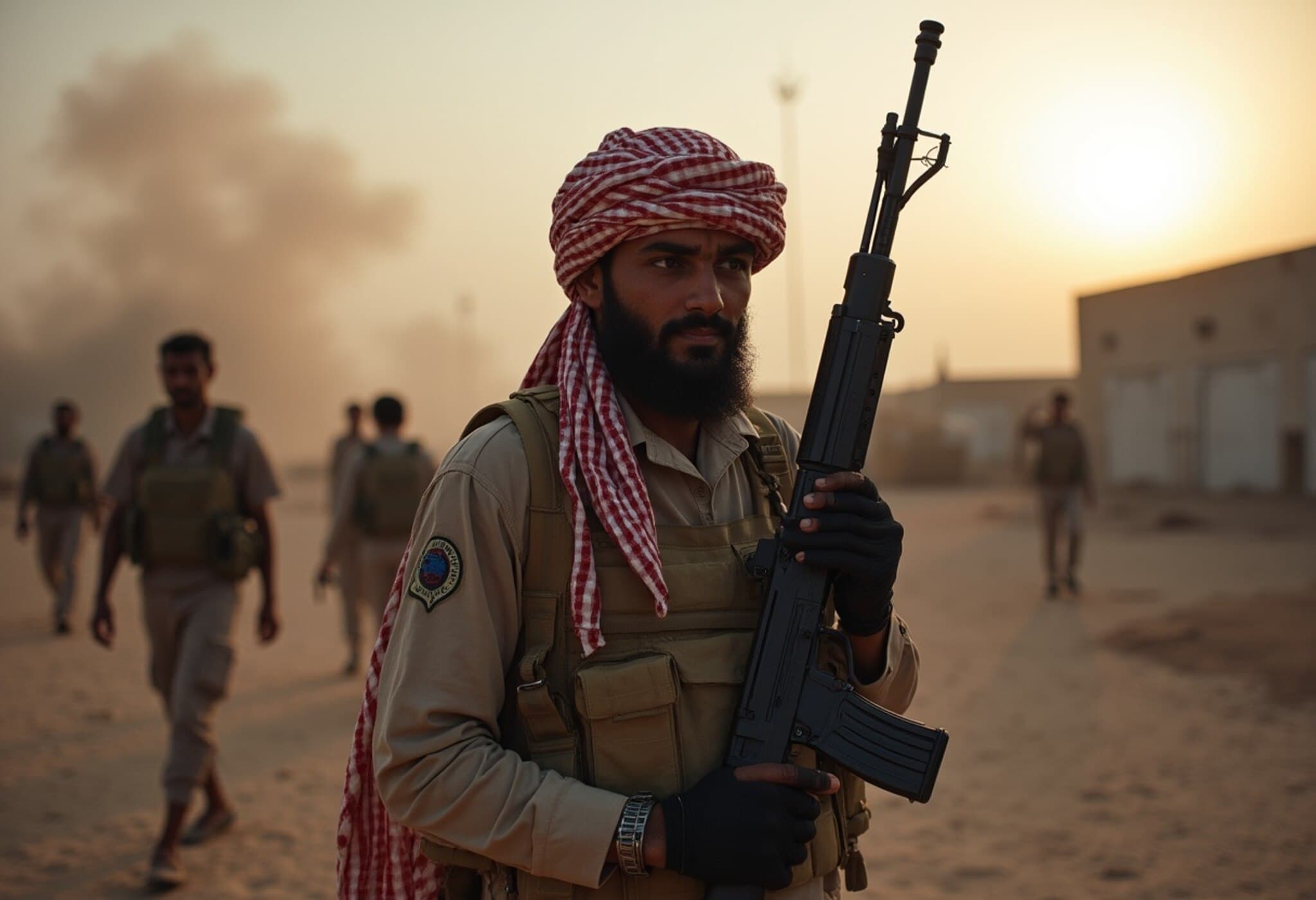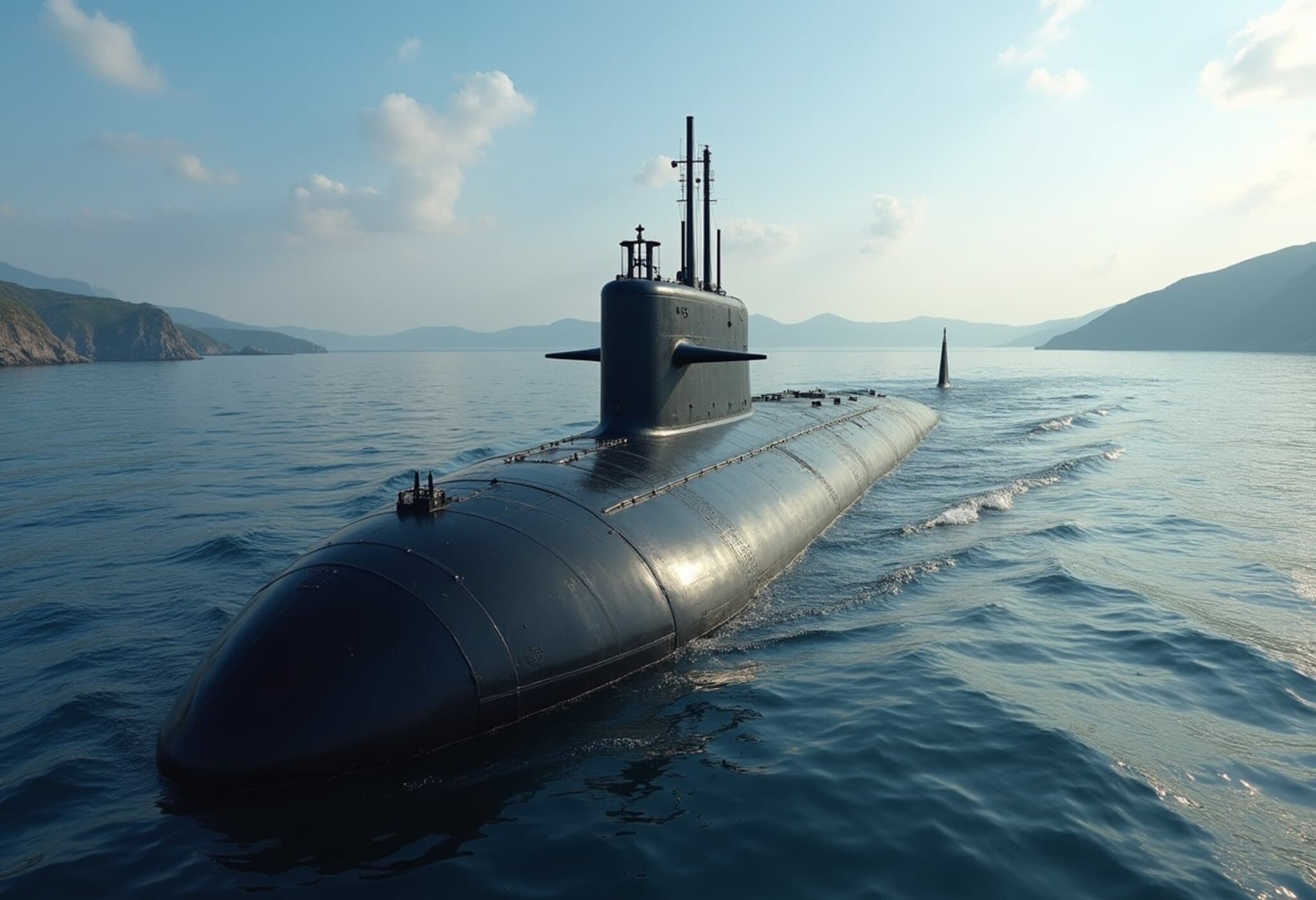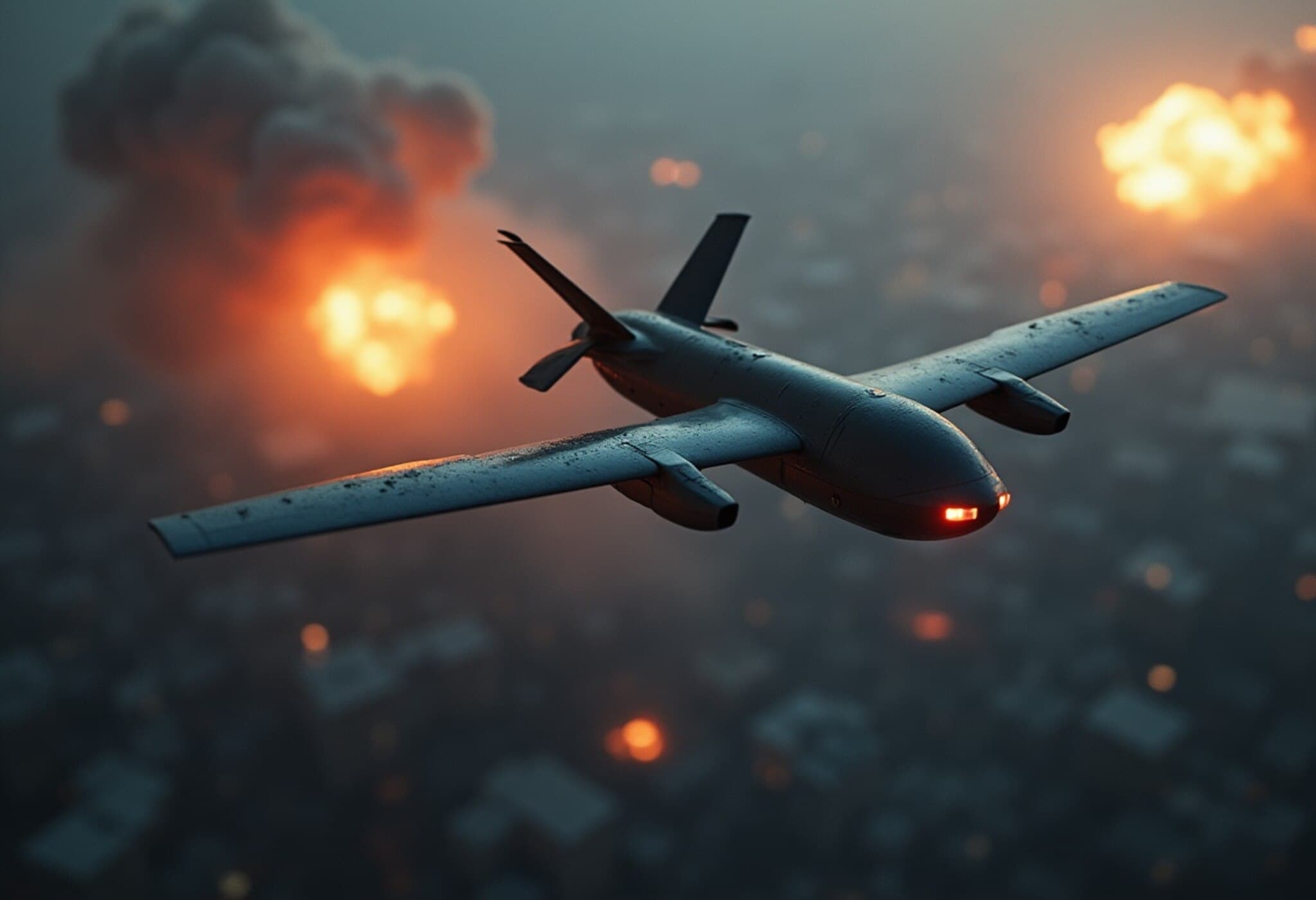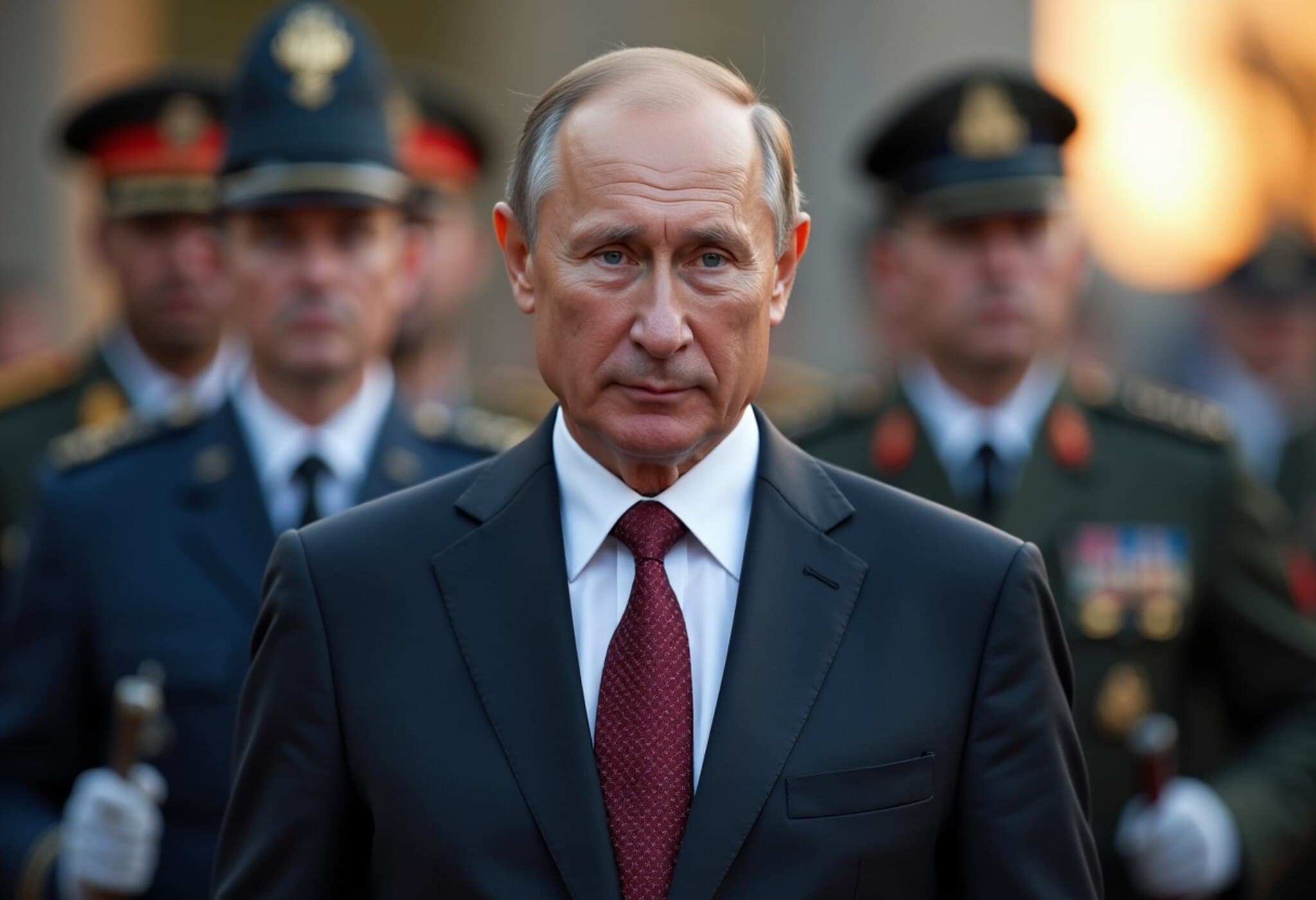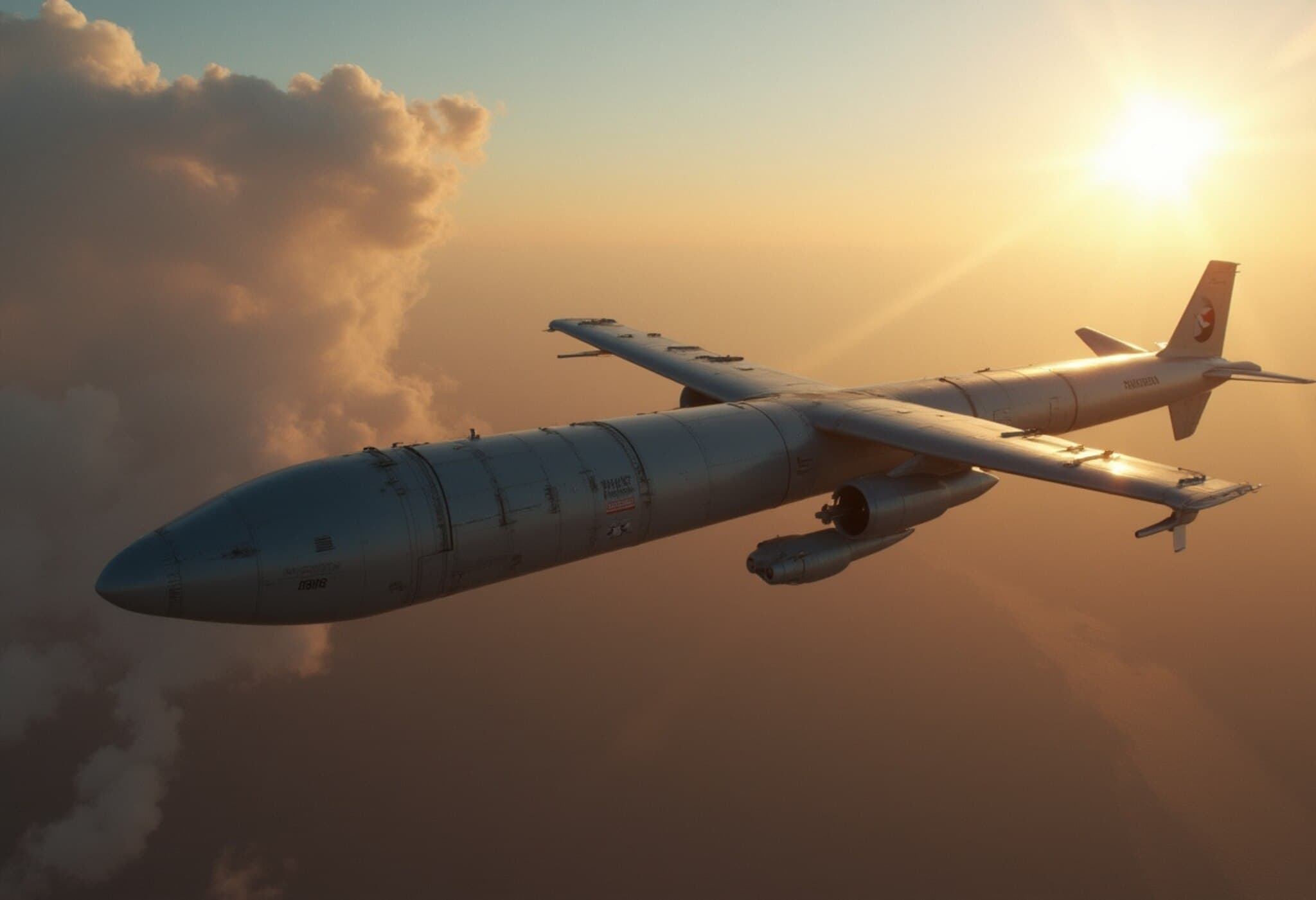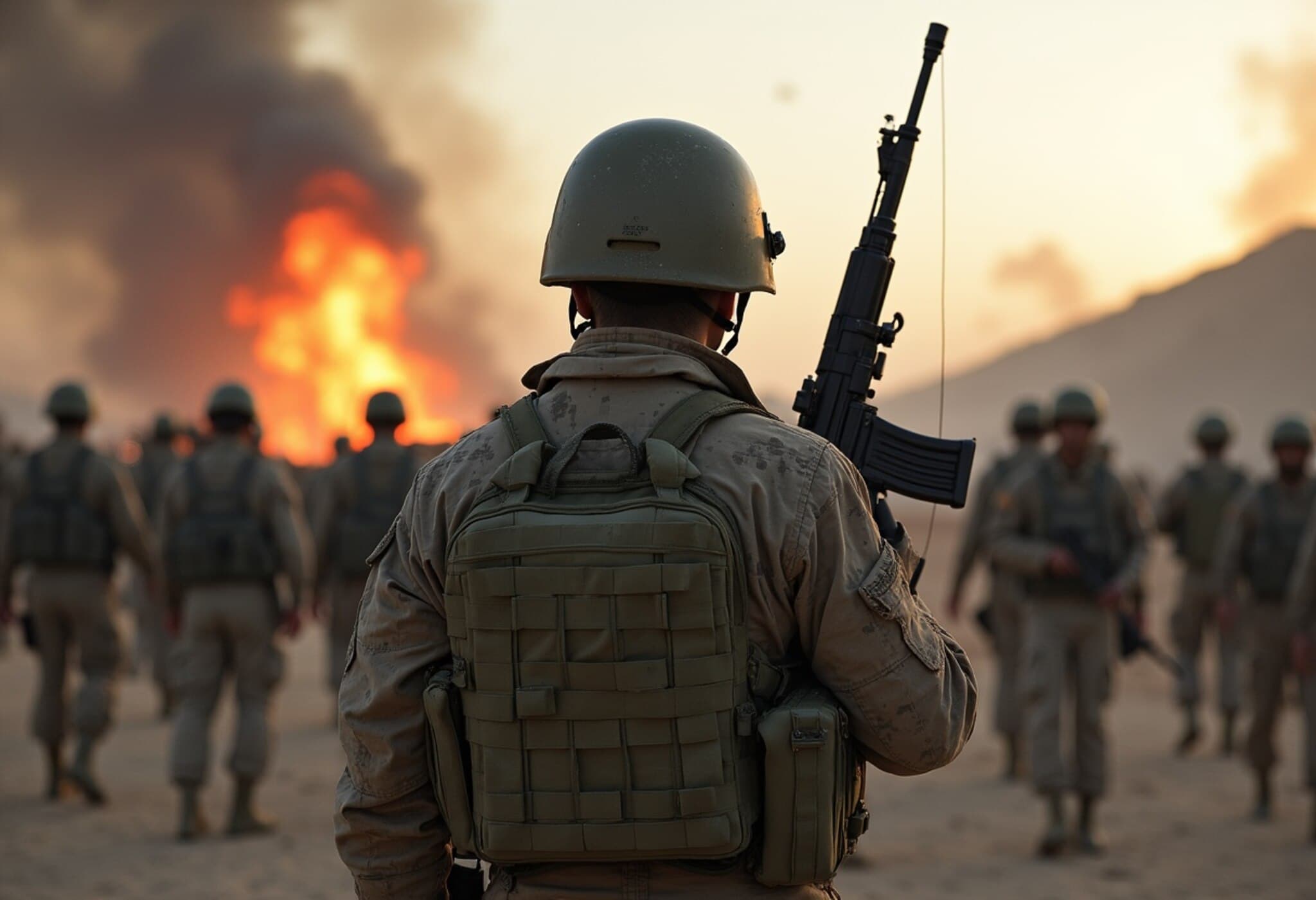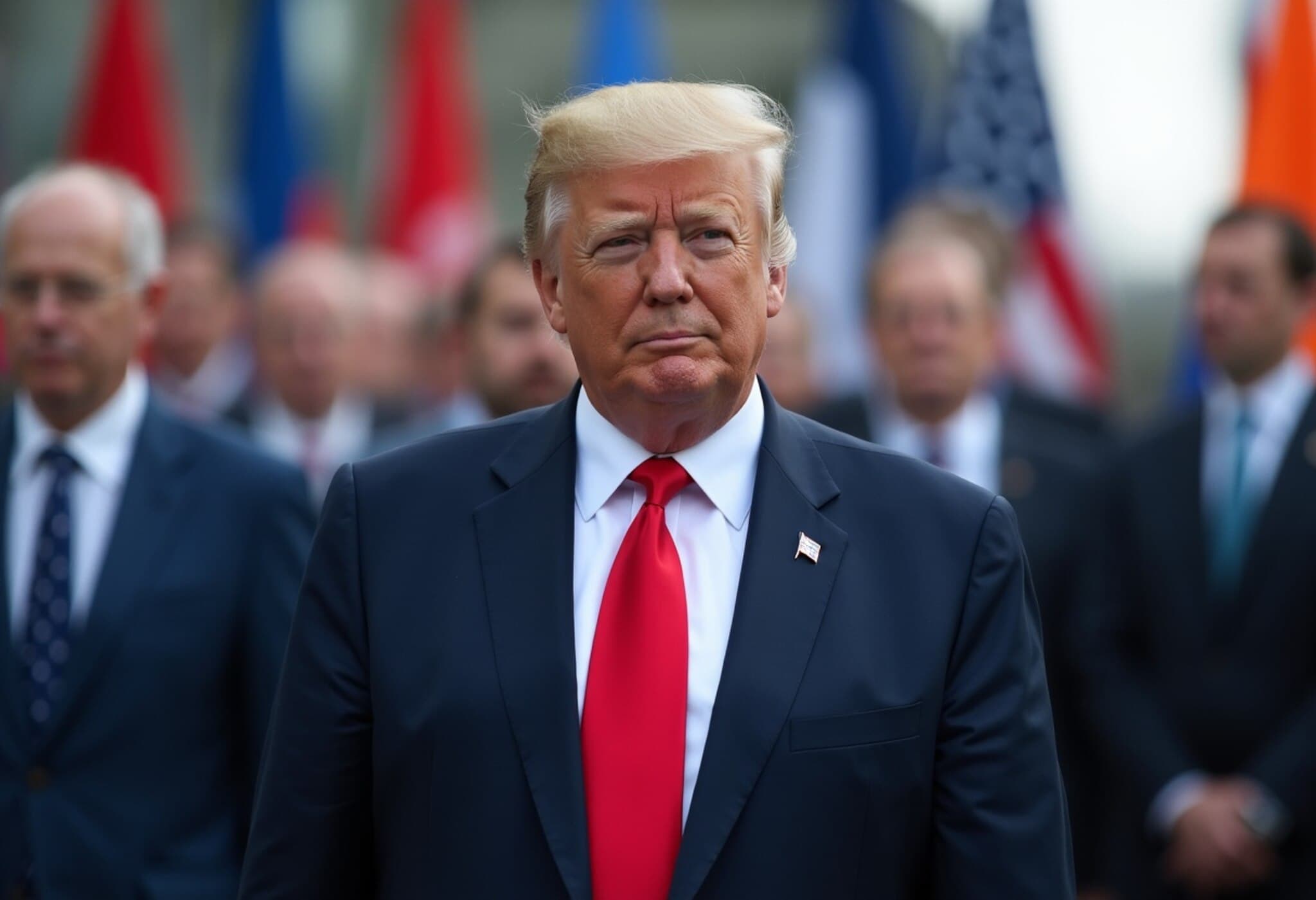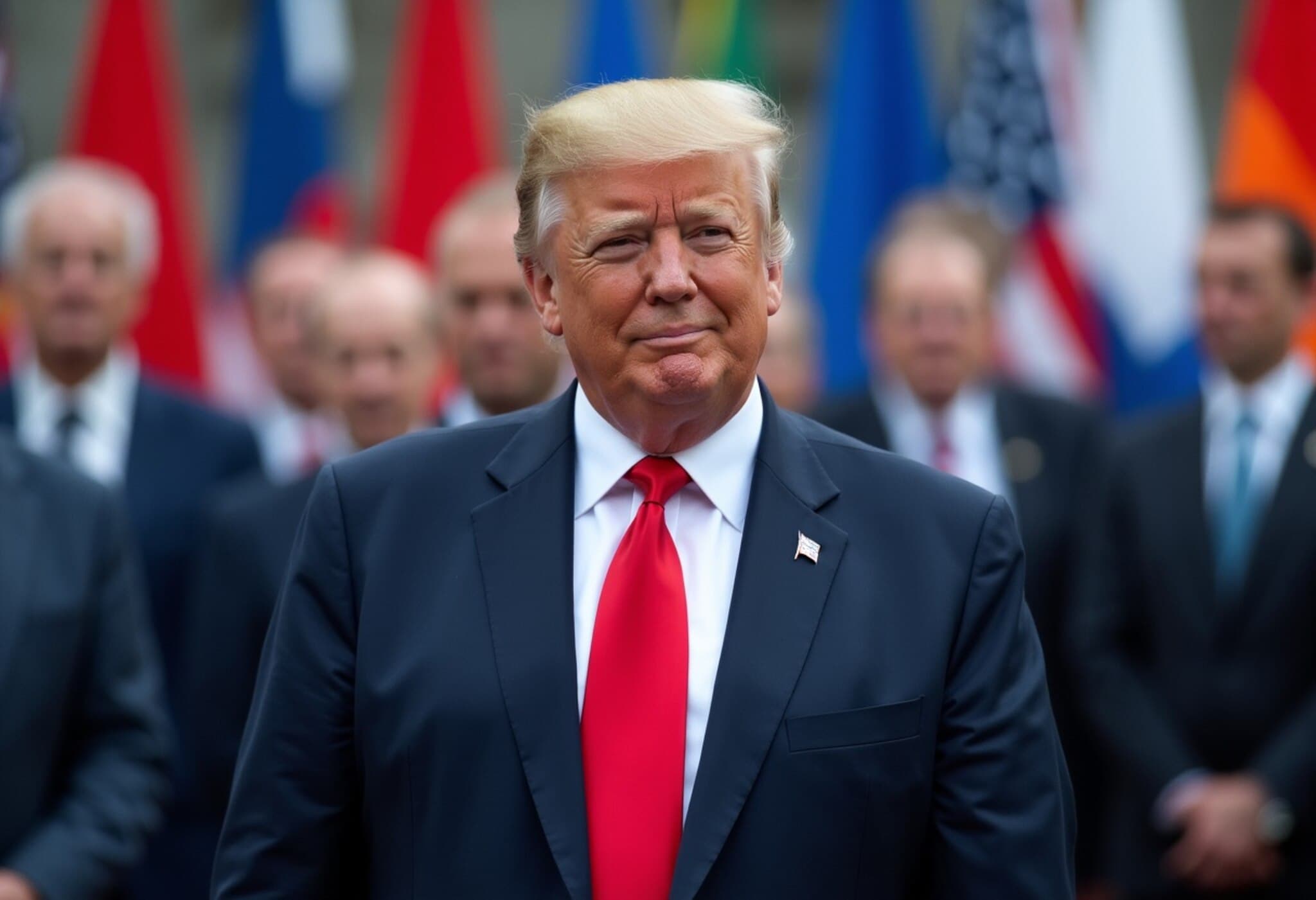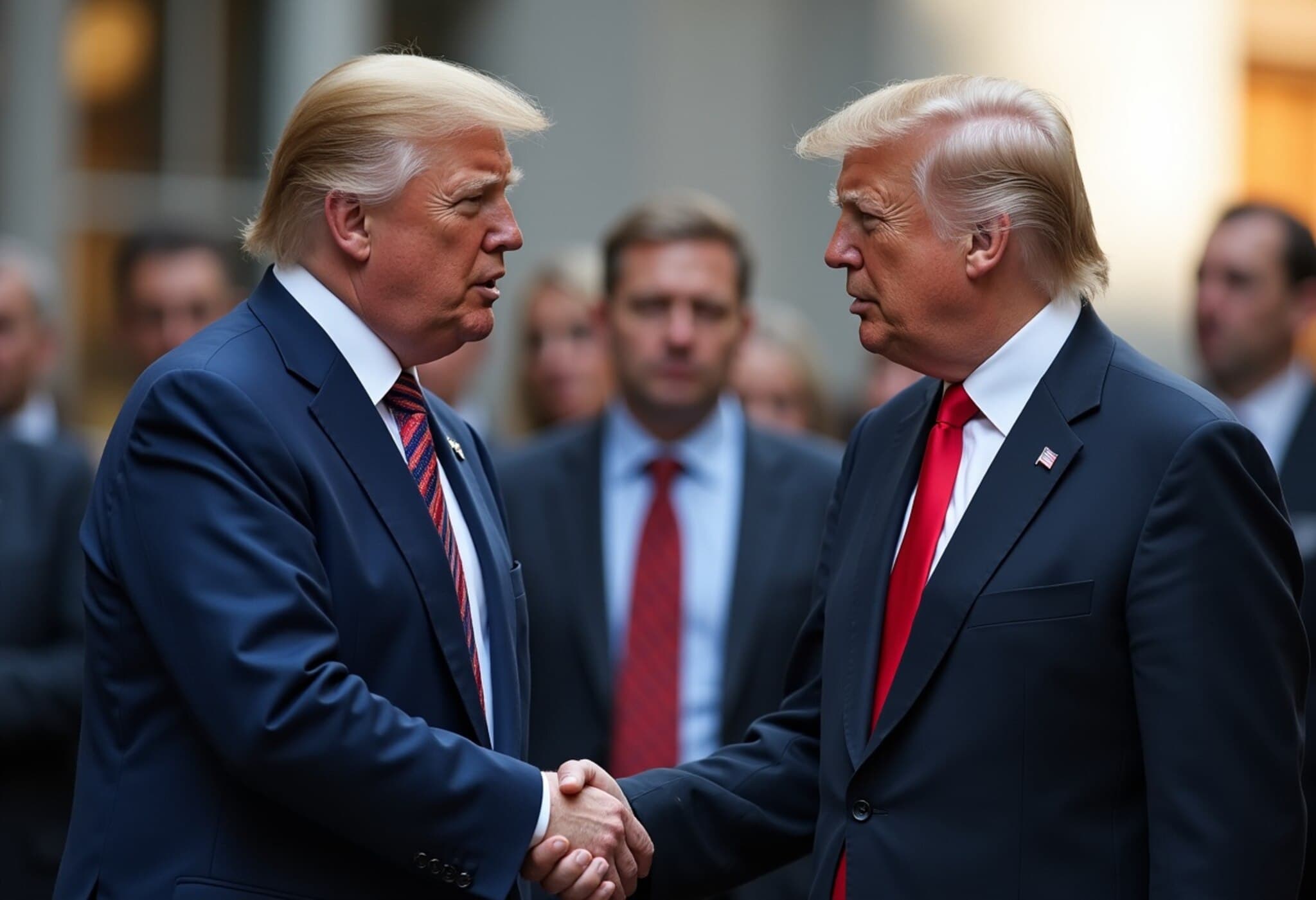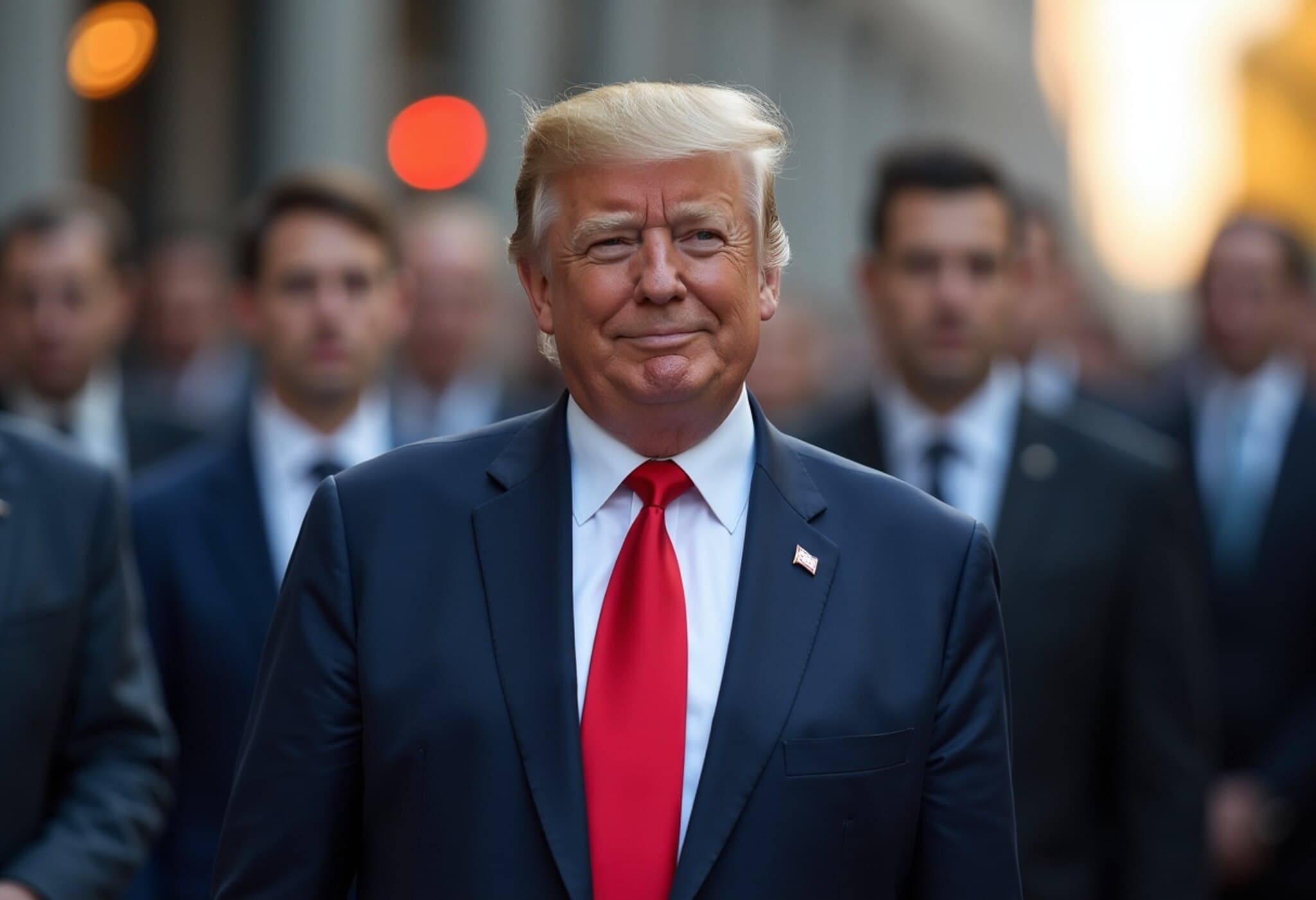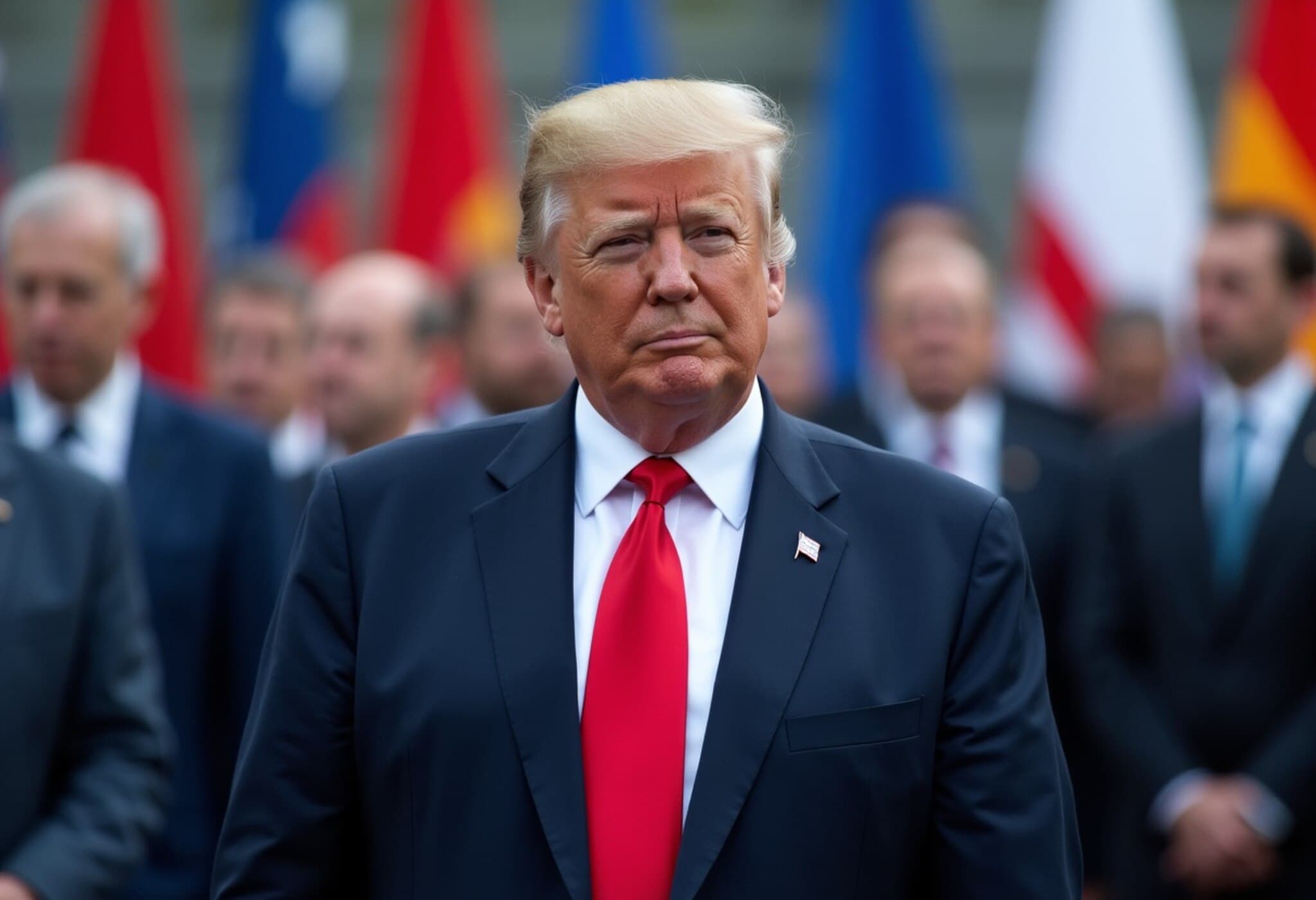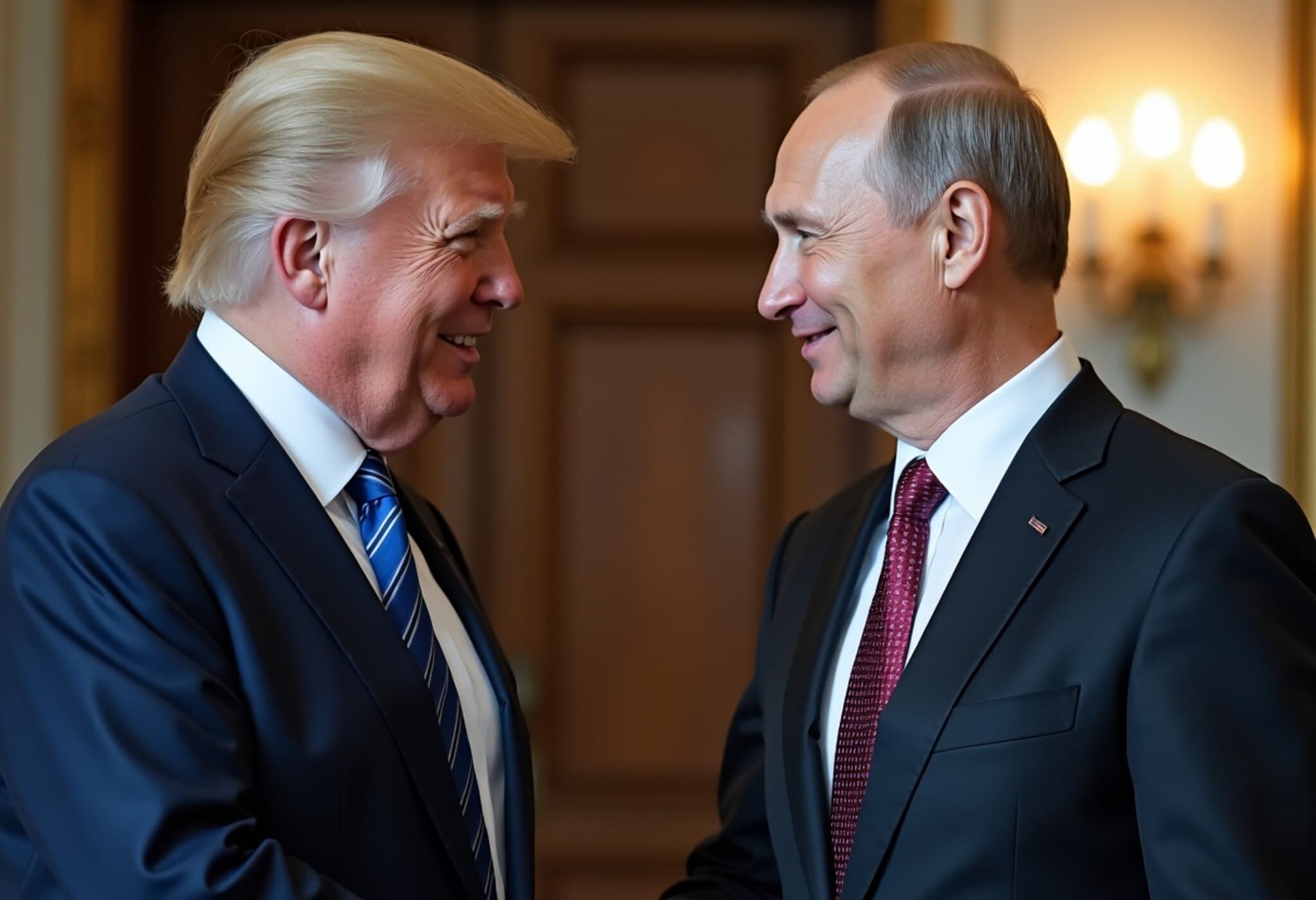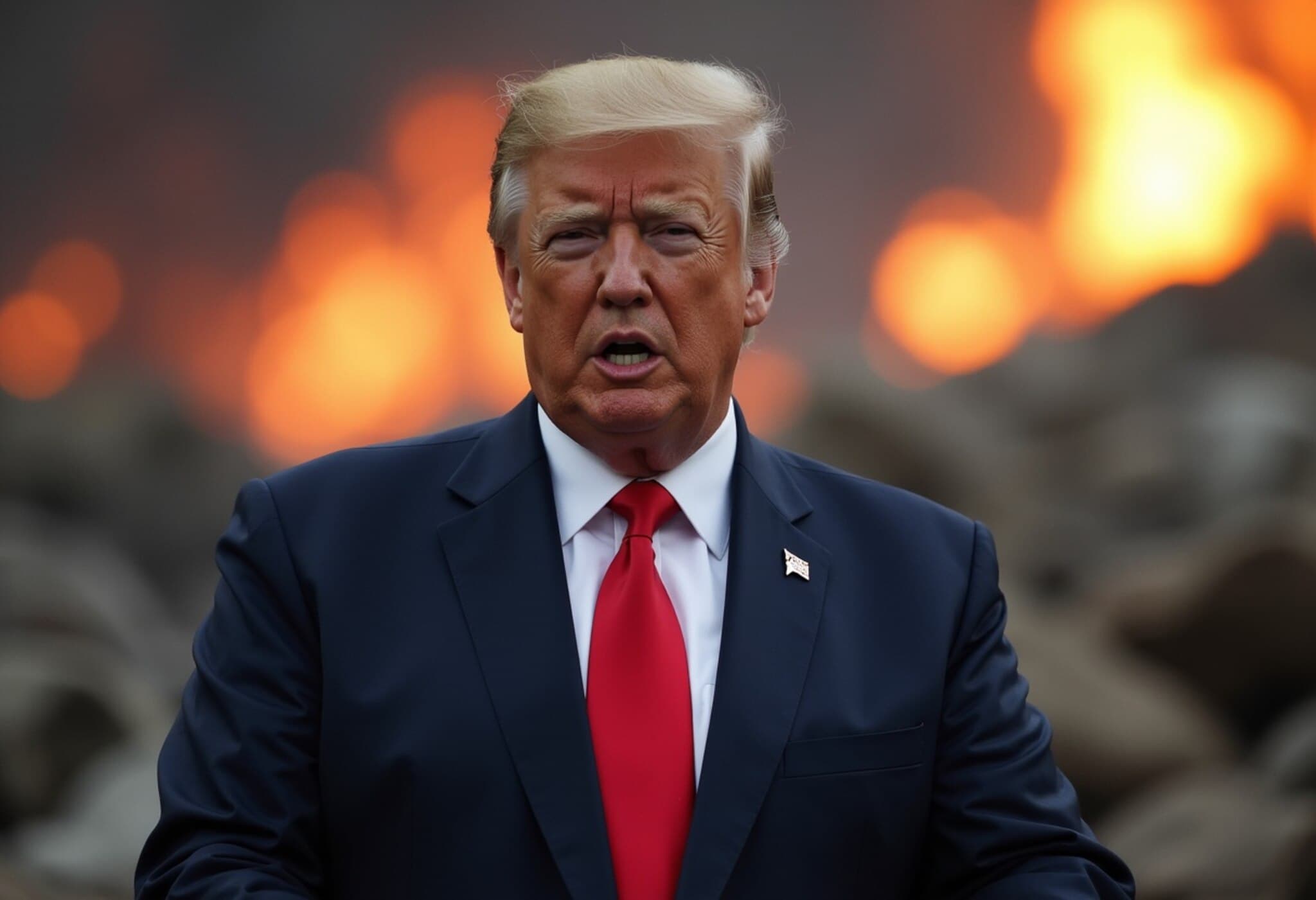NATO Summit Kicks Off with Calls for Increased Defense Spending and Alliance Solidarity
NATO leaders gathered in The Hague, Netherlands, for a crucial two-day summit focused on bolstering collective defense and renewing commitments across the alliance. The spotlight is on a proposed target for member countries to allocate 5% of their gross domestic product (GDP) toward defense and security, aligning with NATO’s strategic goals amid a shifting global security environment.
Varied Reactions Among Allies
While several key NATO members—including the United Kingdom, France, Germany, and host nation the Netherlands—have pledged support for this enhanced spending benchmark, some allies express reservations. Spain has labeled the 5% objective as "unreasonable," reflecting concerns over budgetary constraints. Slovakia emphasized its intention to retain sovereignty in deciding how to meet the suggested 2035 deadline. Additionally, scrutiny arises from the United States, where President Donald Trump has questioned the scale of America’s financial contribution relative to other members.
Security Challenges Drive New Commitments
NATO Secretary General Mark Rutte framed the summit in the context of a world confronting rising threats, remarking: "We are not living in happy times after the Berlin Wall came down. We face adversaries who might seek to challenge us." He stressed the importance of protecting the alliance's values, systems, and way of life through increased defense readiness.
Those allies bordering Ukraine, Russia, and Belarus have already pledged to meet the 5% target, underscoring the direct impact of regional tensions on defense policy. U.S. Ambassador to NATO Matthew Whitaker described this moment as "historic," anticipating a resurgence in defense industry activity driven by stronger alliance commitments.
Shifting Focus Amid Regional Conflicts
The summit also unfolds against a complex backdrop of security concerns beyond Europe. President Trump's recent authorization of strikes on Iranian nuclear facilities and announcements related to ceasefire talks in the Middle East have shifted the global spotlight. Despite the ongoing war in Ukraine—which NATO has unwaveringly supported for over four years—attention now divides between multiple conflicts.
Rutte emphasized NATO’s capability to manage simultaneous crises, stating, "If you can only deal with one issue at a time, then let others take over." This underscores the alliance’s intent to maintain robust engagement across diverse security challenges.
Ukraine’s Continuing Role in NATO Discussions
Ukrainian President Volodymyr Zelenskyy attended the summit for a series of bilateral meetings, though notably absent from the high-level consensus talks on defense spending. This marks a shift from last year’s summit, where NATO expressed firm long-term support and endorsed Ukraine’s path toward membership.
Zelenskyy met with Dutch caretaker Prime Minister Dick Schoof, who refrained from explicitly mentioning NATO, reflecting the alliance’s current ambivalence toward Ukraine’s accession. Schoof reaffirmed Ukraine’s place in the "Euro-Atlantic family" and announced a fresh package of Dutch aid—featuring 100 radar systems designed to detect drones and plans to manufacture drones in the Netherlands tailored to Kyiv’s specifications.
European Leadership Signals Steadfast Support
On the eve of the summit, French President Emmanuel Macron and German Chancellor Friedrich Merz issued a joint statement backing U.S. diplomatic efforts aimed at preserving Ukrainian sovereignty and broader European security. They underscored their unwavering determination to ensure that Ukraine emerges from the ongoing conflict "prosperous, robust, and secure," free from the shadow of Russian aggression for decades to come.
Looking Ahead
This NATO summit stands as a critical juncture, balancing urgent defense priorities with complex geopolitical realities. The push for a 5% GDP defense spending threshold signals a new era of alliance commitment, while careful diplomacy continues to navigate the multifaceted challenges spanning from Eastern Europe to the Middle East.

